#johann strauss
Text

2014 Vienna Philharmonic New Year's Concert with Daniel Barenboim — Johann Strauss I, Radetzky March, Op. 228
@tojibignaturals
228 notes
·
View notes
Text
The original was removed from youtube.
Patricia JANEČKOVÁ - Frühlingsstimmen
#opera#sometimes i'm in the mood for opera#usually when i'm buzzed#when i say i listen to all genres of music i mean everything#video#i mean c'mon#drunkposting#patricia janeckova#music#you have to be in a certain state of mind to appreciate#Frühlingsstimmen#johann strauss
34 notes
·
View notes
Text

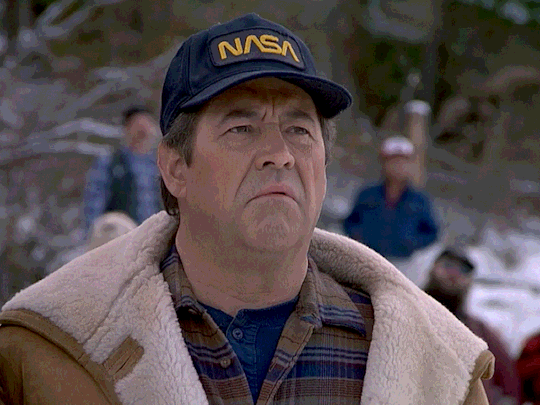



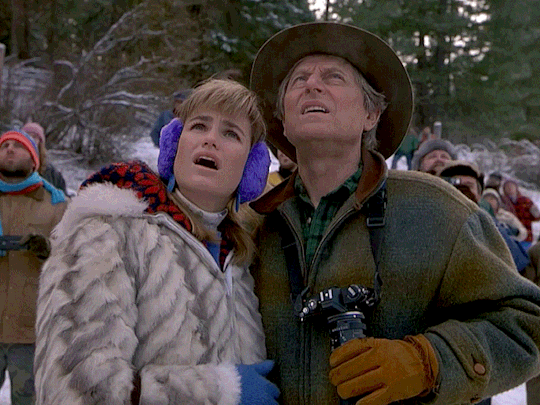



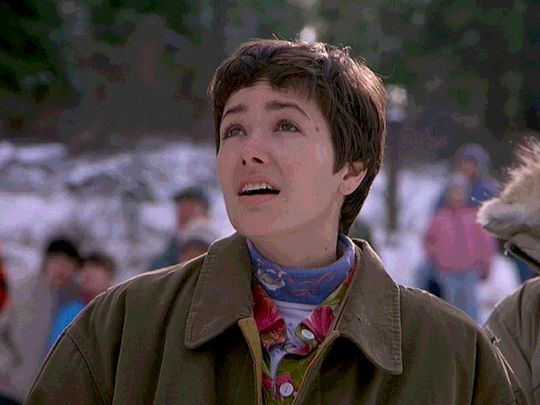
NORTHERN EXPOSURE
3.14 Burning Down The House
#burning down the house#nx 3x14#northern exposure#ausgerechnet alaska#doctor en alaska#un medico tra gli orsi#johann strauss#an der schönen blauen donau#chris stevens#shelly tambo#maggie o‘connell#marilyn whirlwind#maurice minnifield#ed chigliak#holling vincoeur#joel fleischman#cicely cicelians#soundcloud
16 notes
·
View notes
Photo

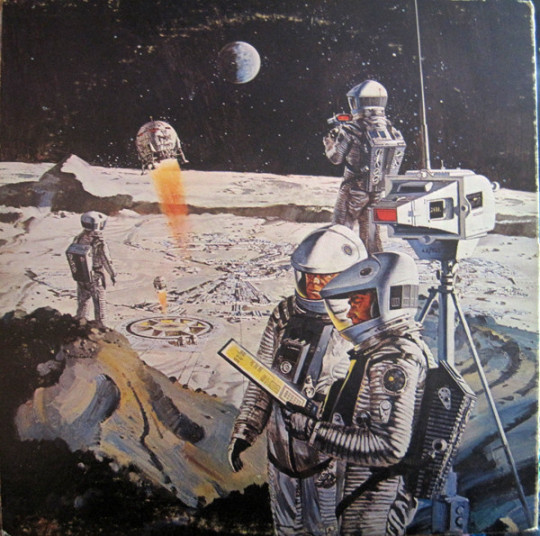
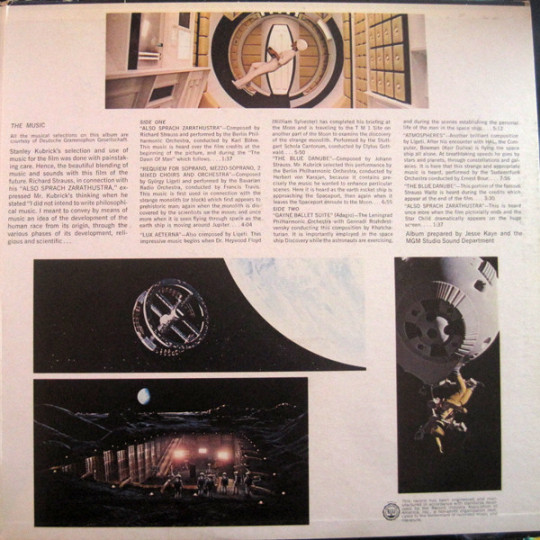

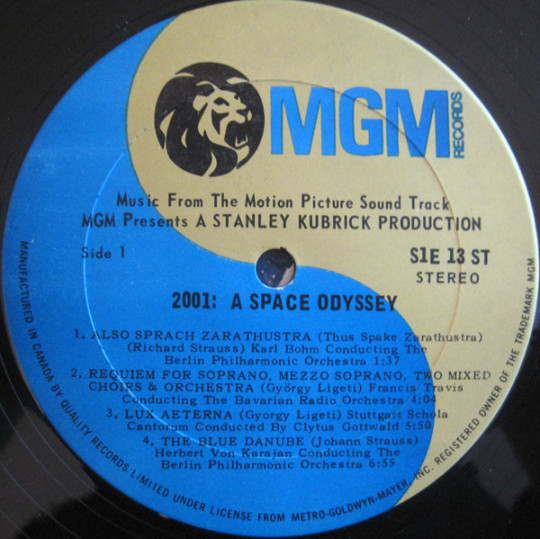

2001 A Space Odyssey
I recently had the chance to watch 2001: A Space Odyssey on the big screen an experience I highly recommend. It is the informed and esteemed opinion of postpunkindustrial that this movie should be watched LOUD and any theater that doesn’t play this movie LOUD should be burned directly to the ground.
Good Talk everybody. You can get a 13 track version of the soundtrack from my Google Drive HERE
#2001#2001: a space odyssey#stanley kubrick#gyorgy ligeti#classical#noise#drone#johann strauss#richard strauss#soundtrack#score
167 notes
·
View notes
Text

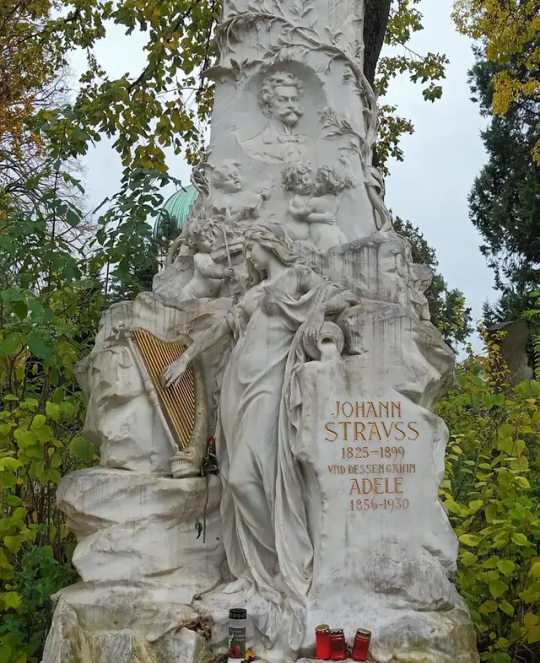

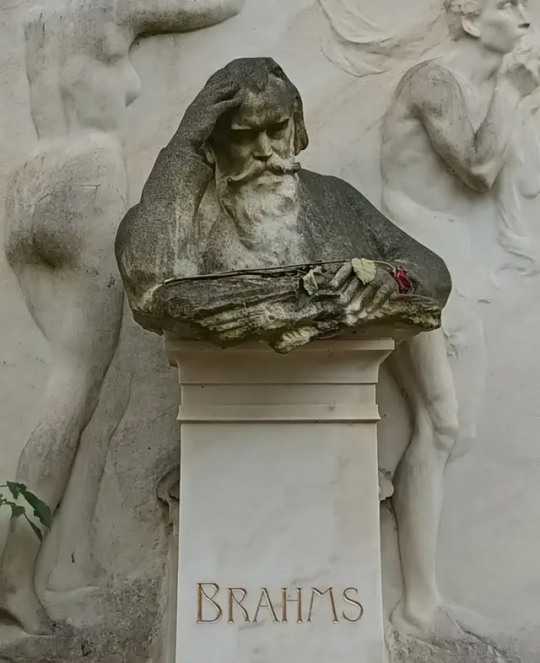

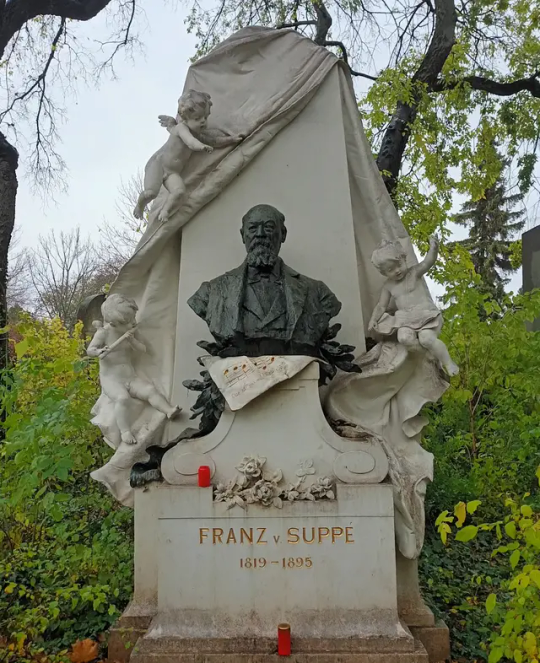

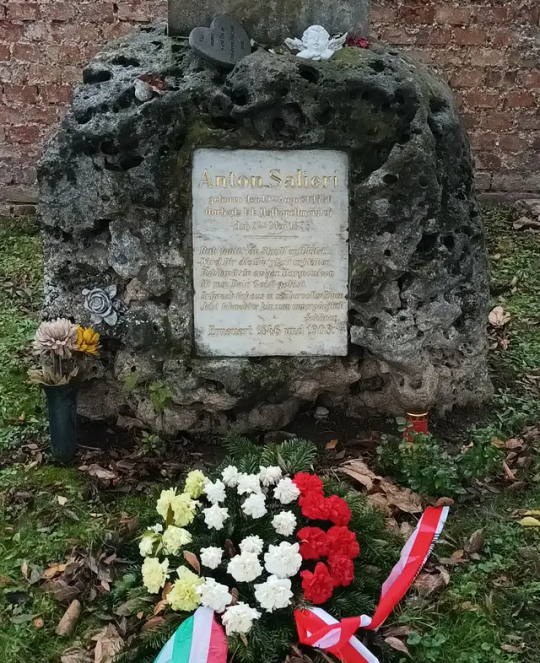

#the gang's all here#vienna#graveyard#cemetery#zentralfriedhof#tombs#classical music#classical composer#beethoven#shubert#brahms#johann strauss#josef strauss#eduard strauss#franz von suppe#antonio salieri#death#gravestone#tombstone#mine#giaffa's pics
10 notes
·
View notes
Text
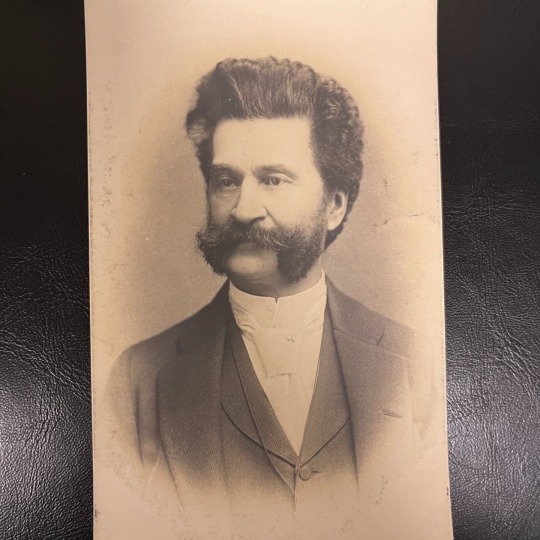

OTD in Music History: Composer and conductor Johann Strauss II (1825 – 1899) is born in Vienna.
Over the span of a long lifetime spent largely before the public, Strauss II – who led his own private dance orchestras and was also one of the most famous conductors of his day – composed over 500 original waltzes, polkas, and quadrilles, as well as several operettas (most notably “Die Fledermaus” in 1874) and a ballet.
Strauss II was known as "The Waltz King", and he was largely responsible for establishing the primacy of the waltz as the predominant popular dance form across Europe in the 19th Century.
Some of Strauss II’s most famous works in that vein include "The Blue Danube" (1866), "Tales from the Vienna Woods" (1868), and "Frühlingsstimmen" (“Spring’s Voice”) (1882), and the "Kaiser-Walzer" (“Emperor Waltz”) (1889).
Even though he almost exclusively wrote “light” music, Strauss II was widely admired by other prominent composers. Richard Wagner (1813 – 1883) once admitted that he liked the waltz "Wein, Weib und Gesang" (“Wine, Women and Song”), and, in the course of composing his famous waltz series from his opera “Rosenkavalier” (1911), Richard Strauss (1864 - 1949) – unrelated – remarked: "How could I forget the laughing genius of Vienna?"
The most touching anecdote in this regard comes down to us thanks to Johannes Brahms (1833 – 1897), however, who was a close personal friend of Strauss II. Strauss II’s, wife, Adele, once allegedly approached Brahms with a customary request that he autograph her fan. The usual practice at that time was for a composer to inscribe a few measures of his best-known music, and then sign his name. Brahms, however, inscribed a few measures from the "Blue Danube," and then wrote beneath it, "Unfortunately NOT by Johannes Brahms."
PICTURED: A c. 1900 real photo postcard, showing the middle-aged Strauss II at the height of his powers c. the 1870s.
#classical music#opera#music history#bel canto#composer#classical composer#aria#classical studies#maestro#chest voice#Johann Strauss II#Johann Strauss#Strauss#violin#violinist#The Waltz King#An der schönen blauen Donau#classical musician#classical musicians#classical voice#classical history#historian of music#history of music#musician#musicians#music education#music theory
9 notes
·
View notes
Text

Robert McCalls’s iconic art for 2001 deserves its fame. But I’d never seen the original art until recently and I thought “something’s off.” I searched for the poster and found tons and while they took liberties it was still the same composition.

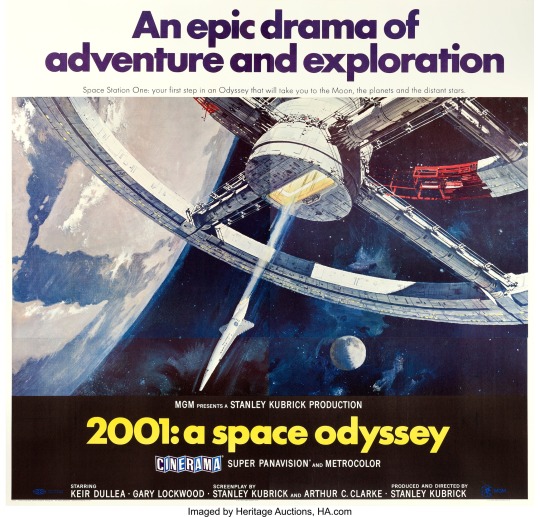


Then I found one that clicked.
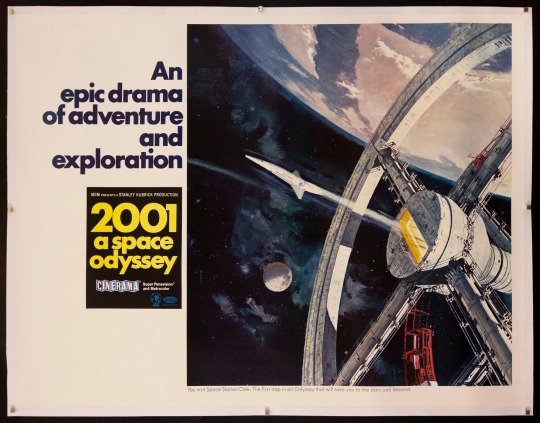
That’s it! But what’s different? It’s off 90 degrees.
But why was this image “right” the others, including the original, “wrong”?
Then I found a soundtrack (LP) image and it hit me.
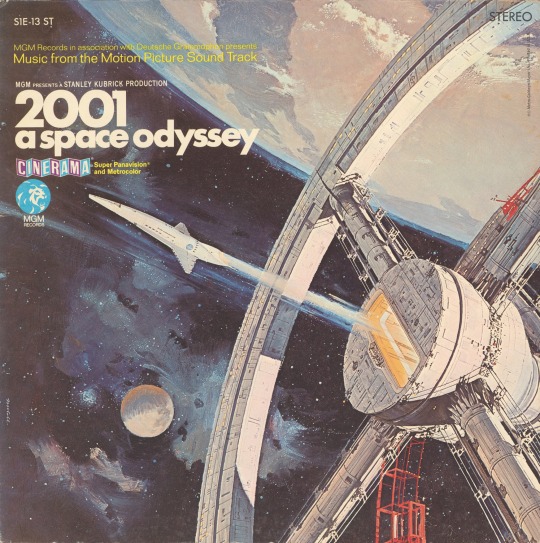
I’d worn that record out over the decades, not for Richard Strauss but for Johann Strauss. I listened to the Blue Danube daily at times. I have it tonally memorized. So this was the genesis of my bias; I’d been tilting sideways since childhood.
18 notes
·
View notes
Text
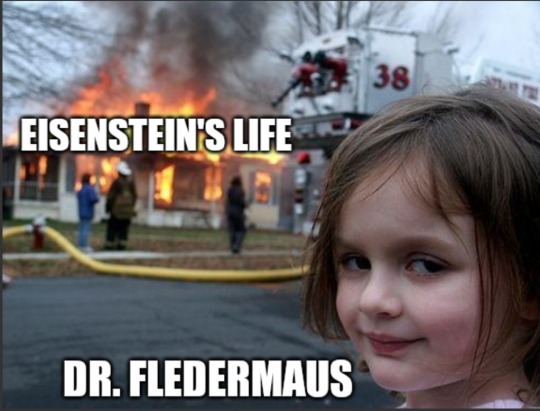

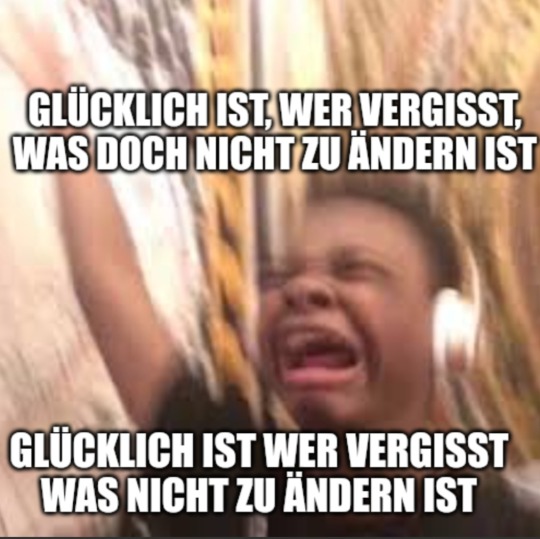
#die fledermaus#johann strauss#operetta#someone take the meme generator away from me#saw this for the first time yesterday#opera
3 notes
·
View notes
Text

Johann Strauss on a vintage postcard
#postkaart#johann strauss#carte postale#strauss#postcard#historic#postkarte#johann#postal#tarjeta#sepia#photo#ansichtskarte#briefkaart#old#vintage#photography#ephemera
3 notes
·
View notes
Text
Each of these “intensely charged memorials in sound,” Eichler writes, is “a prism through which we ‘remember’ what was lost.” That’s a weighty burden to place on any piece of music, not to mention on a listener. There are many for whom nonnarrative works—Bach’s Goldberg Variations, say, or a Beethoven string quartet—represent, in their very abstraction, the epitome of pure musical meaning. For such people, this kind of musical memorializing is bound to seem uncomfortably freighted—art with an agenda, relying on extra-musical cues for its significance. Not everyone wants a musical experience to conjure images of violence and grief. Eichler seems to acknowledge this, at one point posing the question “Should genocide really be the stuff of a night out at Carnegie Hall?”
In 2001, shortly after the September 11th attacks, I found myself confronting similar questions when the New York Philharmonic asked me to compose a work to honor the victims who died in the World Trade Center. I was initially reluctant to accept. It seemed too soon: How could one create music to “commemorate” a public trauma that the nation was still processing? At the same time, it felt wrong to say no. Surely a composer ought to be able to respond to a public need; if firefighters and first responders were risking their lives at Ground Zero, the least I could do was answer the call. The resulting work, “On the Transmigration of Souls,” was agonizing to compose, not just because I spent months meeting with grief-stricken families and reading their accounts but also because I found it nearly impossible to fix on a voice for the piece. The media was still hectically recycling images of the catastrophe, to the point where any real meaning had been leached from them. In the end, I made what I termed a “memory space”—a mostly quiet piece for orchestra and a chorus of adults and children which incorporated prerecorded sounds of the city and the murmured recitation of names and phrases from missing-persons signs. The piece had its première on September 19, 2002, almost exactly a year after the event that prompted it.
#music#tragedy#catastrophe#john adams#on the transmigration of souls#september 11th#9/11#johann strauss#arnold schoenberg#dmitri shostakovich#benjamin britten
3 notes
·
View notes
Text
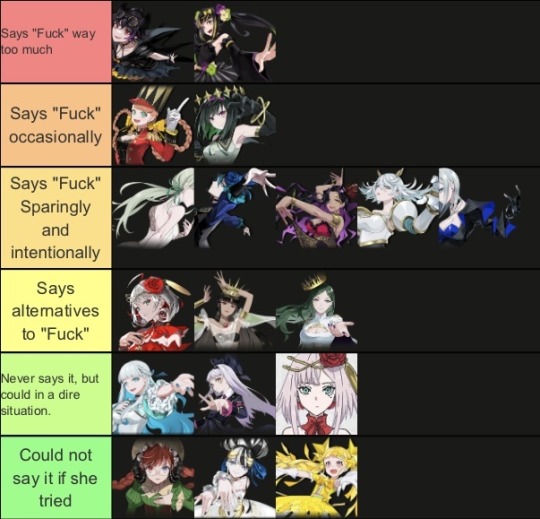
hehehe
#takt op#takt op shitposting...?#takt op symphony#takt op.destiny#fantasie impromptu#chopin#fledermaus#johann strauss#the nutcracker#tchaikovsky#jupiter#gustav holst#air on the g string#bolero#maurice ravel#carmen opera#walkure#moonlight sonata#belkis#the erlking#pachebel's canon#pomp and circumstance#beethoven's 5th symphony#daphnis et chloe#swan lake#ah vous dirai-je maman
4 notes
·
View notes
Text
Marina Klimova and Sergei Ponomarenko 1987 OSP “Waltz” (Origin of the Golden Waltz Compulsory Dance)
music: voices of spring waltz by johann strauss.
When the International Skaters Union made the decision to add the Golden Waltz to the list of compulsory dances, the skaters were invited to Davos to shoot an educational video for subsequent distribution around the world. But, at once, they had to compromise and dance more slowly. Otherwise, the majority of figure skaters would not be able to reproduce the composition. x.
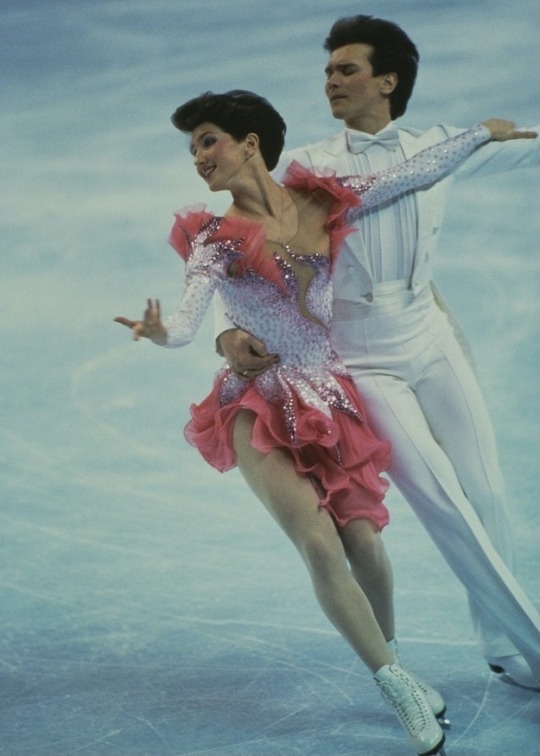

#love a 100% white tux#ice dance#marina klimova#sergei ponomarenko#figure skating#1987#1980s#waltz#johann strauss#compulsory dance#ice dance vids
36 notes
·
View notes
Text
Vienna - a walk through the city
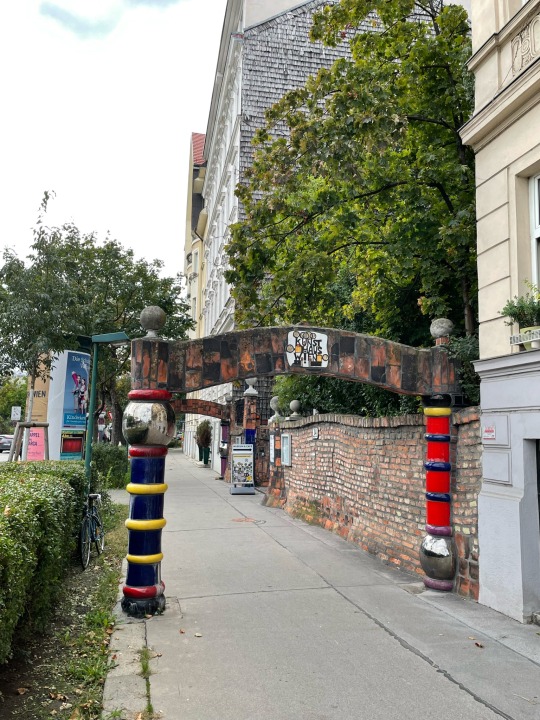





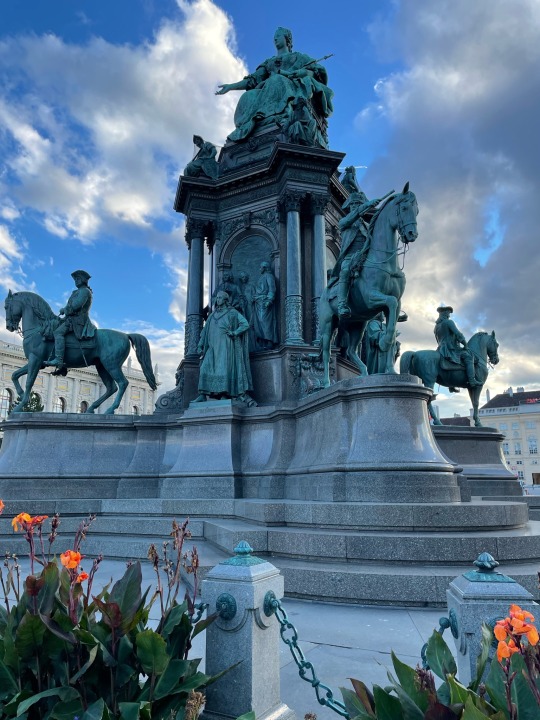
#traveling#reisen#austria#vienna#österreich#wien#friedensreich hundertwasser#stadtgarten#johann strauss#wolfgang amadeus mozart#maria theresia
1 note
·
View note
Text
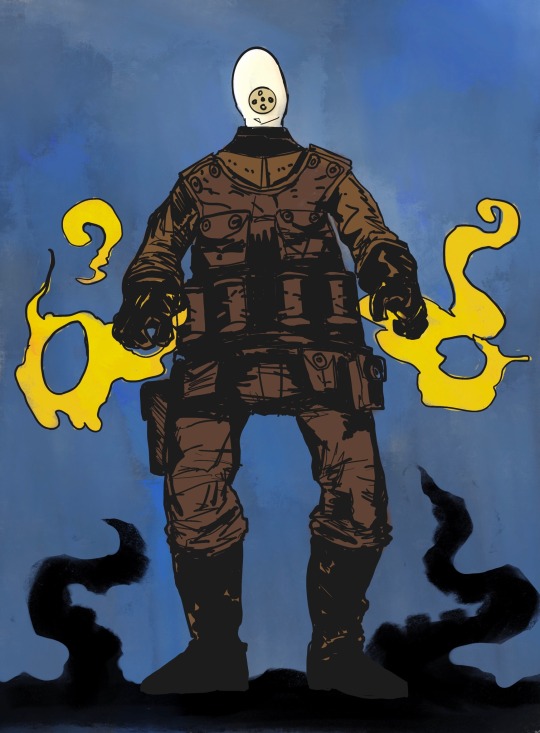
Johann Strauss
#drawing#dailysketch#sketch#artists on tumblr#illustration#dailydrawing#fan art#dark horse comics#johann strauss#hellboy#bprd
13 notes
·
View notes
Text

Philip Froissant (Emperor Franz Joseph) and Andreas Bongard (Johann Strauss) behind the scenes of The Empress (2022).
#The Empress#the empress (2022)#Die Kaiserin#costume drama#historical drama#period drama#philip froissant#Andreas Bongard#emperor franz joseph#franz joseph of austria#johann strauss#german series#german tv#behind the scenes#Netflix
9 notes
·
View notes
Text

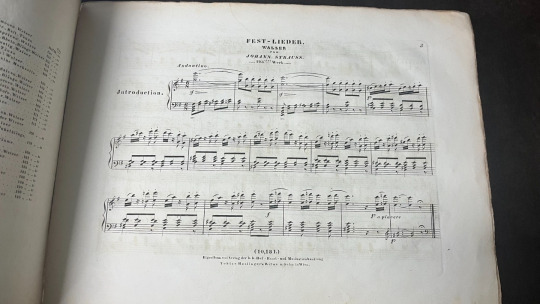

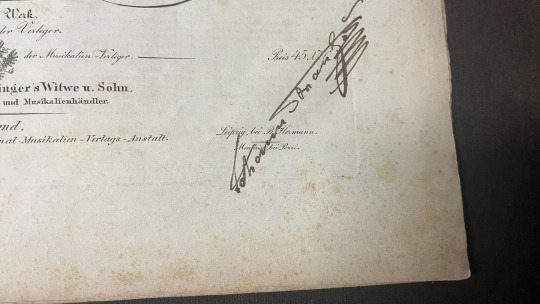
OTD in Music History: Historically important composer Johann Strauss, Sr. (1804 - 1849) -- aka "Johann Strauss The Elder" -- is born in Vienna.
Strauss Sr. was famous for the various forms of "light" music (namely waltzes, polkas, and galops) which he helped to popularize in Vienna alongside his friend and colleague, Joseph Lanner (1801 - 1843). He thereby set the foundation for his own sons -- Johann Jr. (1825 - 1899), Josef (1827 - 1870), and Eduard (1835 - 1916) -- to follow in his footsteps and create a multi-generational musical dynasty.
Strauss Sr. is perhaps best known today for composing the "Radetzky March" (named after Czech nobleman Joseph Radetzky von Radetz), and he first established his reputation when he began conducting at the “Sperl,” a popular Viennese dance hall, in the early 1830s. By 1834, he was appointed bandmaster to the 1st Vienna Militia Regiment, and the following year he was made Director of the Imperial Court Balls. He then undertook a series of wildly successful concert tours across Europe.
Suffice to say, he was a very busy man... but not too busy to acquire a mistress, with whom he had a whopping eight children. Perhaps not surprisingly, this ultimately led him to abandon his first family.
Ironically, this proved to be a very fortuitous development for the history of "classical" music: up to that point, Strauss Sr. had staunchly refused to allow any of his sons to pursue careers in music. Johann Jr. was commanded to study banking; Josef was destined for a military career; and Eduard was expected to join the Austrian consulate.
But that all changed when Strauss Sr. abandoned the family -- suddenly, the boys were freed up to pursue their musical passions. Johann Jr. quickly struck up his own band, and soon began competing with his father...
PICTURED: A rare copy of the first edition printed piano-reduction score for Strauss Sr.'s "Festlieder Waltz" (Op. 193 c. 1845), which he signed on the front cover.
#Johann Strauss I#Johann Strauss#Strauss#composer#classical composer#classical music#music#music history#music theory#Waltz#polka#Galopp#Radetzky March#light music#Romantic Period#Romantic Era#conductor#orchestra#Conducting#symphony
19 notes
·
View notes